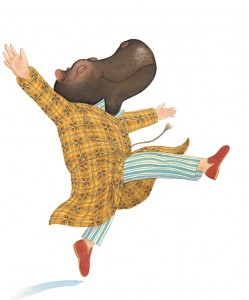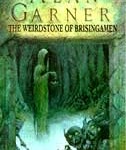Sunday 24th July I was in Gweek , Cornwall visiting The National Seal Sanctuary. My current work-in-progress features a boy whose mother is a Selkie so I was pretty keen to encounter more seals. I took films, observed and just plain enjoyed their existence. There is nothing quite like experiencing the movement, the presence, the sheer physicality of another animal. I learned some additional facts – always handy – and two in particular stuck in my mind. I didn’t need to write them down – they immediately fell into place. One – a blue eyed seal has had its sight damaged and two – a blind seal can find fish by using its whiskers.
These are not just fascinating in their own right but have story implications.
The setting of my seal story is a Yorkshire coastal town of my own creation called Scoresby. It is not Robin Hood’s Bay – but Bay town is in its fantasy DNA. I now receive Bayfair by post to keep me grounded in the place of childhood dreaming. I have books on RHB’s history, geology, and folklore as well as that of Scarborough, Runswick Bay and too many more to mention. I know far more than I need to – but far less than I want to.
I hanker after all this in its own right as well as feeding my work, giving it more dimensions.
Another essential aspect of my Scoresby tale is the time period. Write about what you know they say or better still, what you care about – so my imagination immediately goes to the late 1960’s. I found a superb resource in the Yorkshire Film Archive. It has a database you can search by decade and theme, and as a method for immersing yourself in an older world, it takes some beating.
And the joy of all this material; the postcards, the period maps, the blue runnel stone from Staithes; is that I don’t have to think about it as I am writing. There is no need, no desire for distracting trips on the Internet. The most I do is a marginal note ‘Check this’ -and then I have a lovely excuse for later pottering.
True, it is all made -up – and it is very real.
How do you keep your writing grounded?












